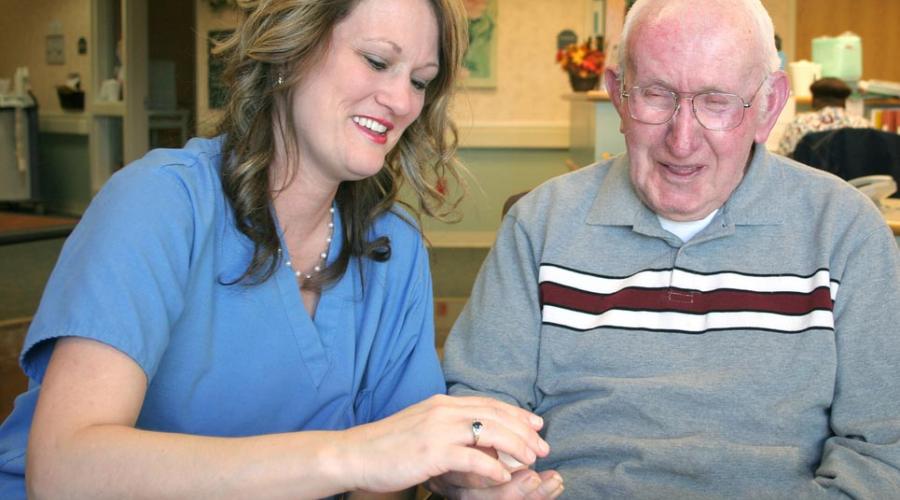
Improving Working Conditions for Better Patient Care: ILR-Weill Cornell Research
Frontline workers such as licensed practical and vocational nurses, nursing aides, personal care aides/attendants and home health aides are a vital, yet frequently overlooked group of health care providers.
To address the gap, ILR Associate Dean of Outreach Ariel Avgar, Ph.D. ’08, Dr. Madeline Sterling, A&S ’08 and assistant professor of medicine at Weill Cornell Medicine, and Aleksandra Zarska ’20 produced a literature review, “Relationships Between Working Conditions, Worker Outcomes, and Patient Care: A Theoretical Model for Frontline Health Care Workers.” It was published in the November/December issues of the American Journal of Medical Quality with Zarska as the lead author.
“This paper is a perfect illustration of what our ILR undergraduate students are capable of,” Avgar said. “Alex Zarska, who sought to combine her ILR education with her goal of pursuing a career in medicine, worked with Dr. Sterling and myself on her honors thesis and was the lead author on this paper. It is students like Alex that make our jobs so rewarding.”
The team examined 31 existing studies and consolidated evidence about relationships between health care workers’ working conditions, worker outcomes, characteristics and quality of care, and patient outcomes.
“Low-wage frontline health care workers, such as nursing assistants and home care aides, are often considered the ‘eyes and ears’ of the health care system,” Zarska said. “However, this workforce, composed mainly of women and minorities, is largely overlooked and undervalued by both the health system and public health research, despite the fact that they often provide the lion's share of care to patients in health care facilities and in the home.
“By synthesizing existing research on how their working conditions and outcomes influence patient care, our study aimed to raise awareness of the importance of investing in the low-wage frontline health care workforce, and how doing so can improve outcomes for both workers and their patients. To our team’s knowledge, ours was the first study to propose a conceptual framework that synthesizes the relationships between various frontline working conditions, worker outcomes and patient outcomes across a broad range of health care settings.”
Overall, the team found that working conditions, such as worker-perceived staffing adequacy, workload (based on the number of shifts and days worked), training and perceived workplace discrimination were strongly associated with workers’ satisfaction levels, turnover intentions and mental health and well-being.
Additionally, worker job satisfaction and turnover were associated with the quality of care delivered by the workers, as well as patient outcomes, such as incidence of pressure ulcers, falls and quality-of-life measures of nursing home residents.
According to Sterling, “We developed a novel framework that details how policies and working conditions influence not only the care that frontline health care workers provide, but also their own attitudes towards the job. This is highly relevant since we are in the midst of a worker shortage and desperately need additional ways to retain workers to care for older adults and those with chronic conditions.
“This framework also details how workers, and the care they provide, have a direct impact on patient outcomes, which is important from a health care delivery and patient-centric perspective. Ultimately, our framework offers a roadmap for future research and interventions that aim to improve the quality of care that these workers provide, but also demonstrates how important policies aimed at improving working conditions are to the health and longevity of this often overlooked, but highly integral workforce.”
Zarska added, “By raising awareness of these issues and investing in the frontline health care workforce, I sincerely hope we can improve the health and wellbeing of both workers and their patients.”
The team’s research was supported, in part, by a donation from Douglas H. Wigdor, as well as a Cornell Center for Health Equity planning grant.


